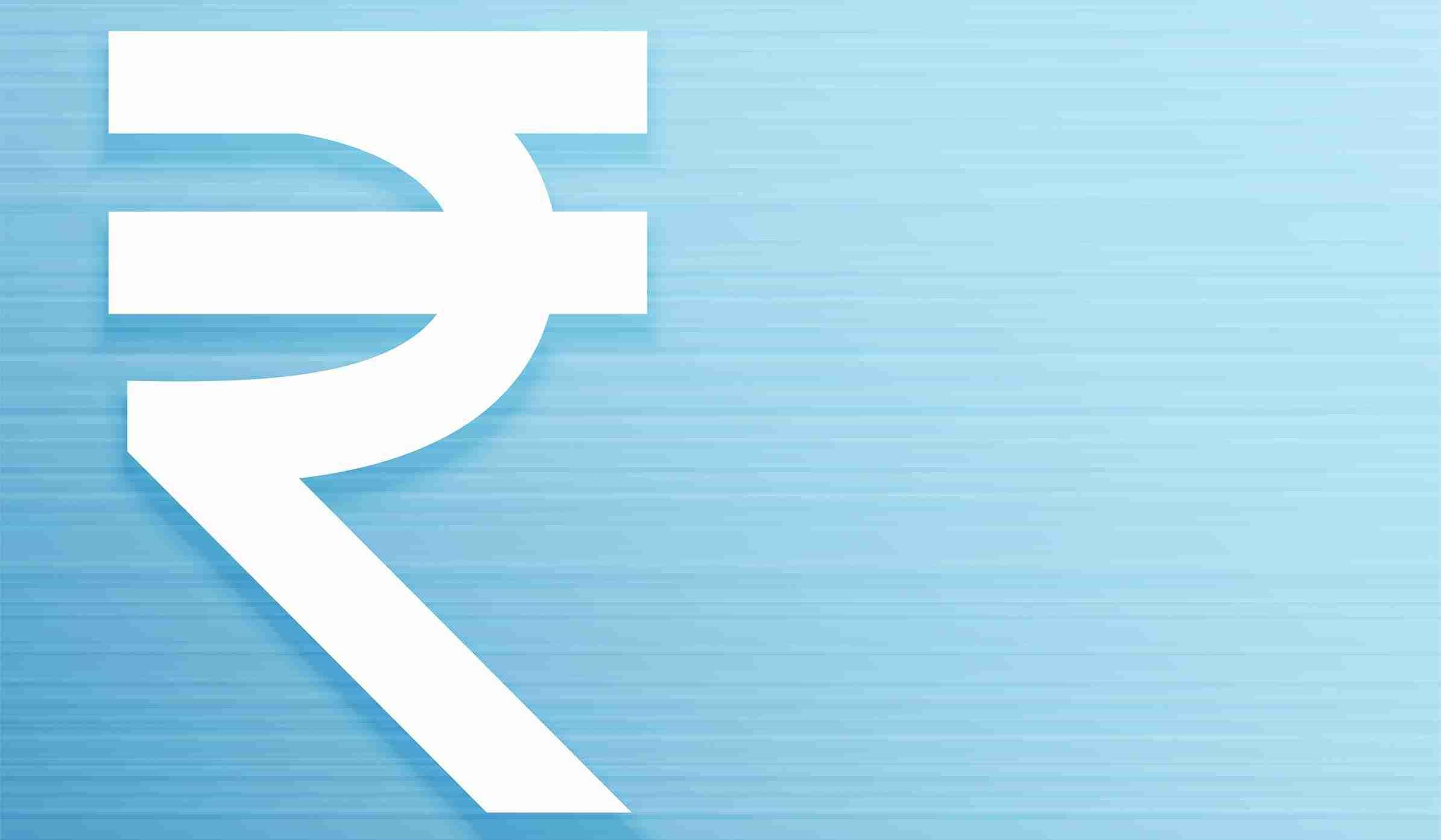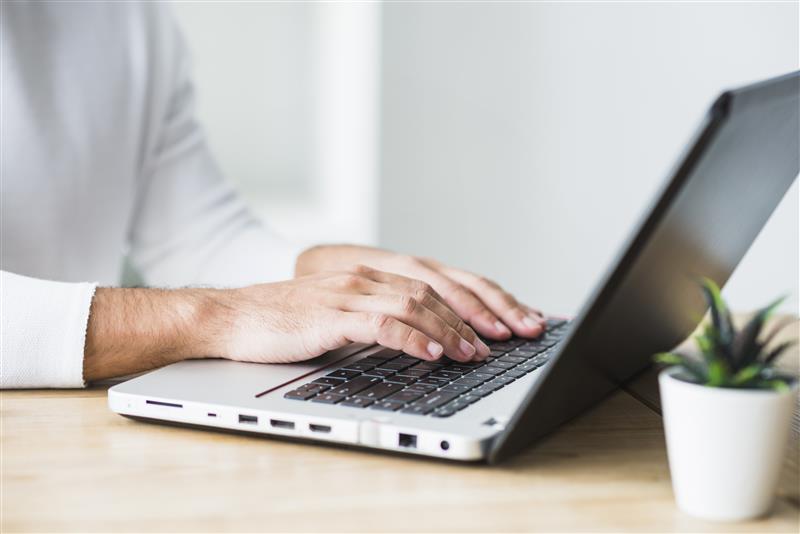Graphic designing is more than just creating attractive visuals, it is about solving problems and communicating ideas through designs effectively. In today’s digital world, almost every industry relies on skilled designers to build brand identity and connect with audiences.
As demand for designers grows, so does competition. That is why cracking a graphic design interview takes more than a strong portfolio. You need the right mix of creativity, problem- solving abilities, technical know-how and confidence.
In this blog, we have compiled the most common graphic designing interview questions with answers to help you prepare better with confidence.
Basic Graphic Design Interview Questions & Answers
Q1. Tell us about yourself as a graphic designer.
Answer: I am a creative professional with [X years] of experience in designing digital and print assets. I specialize in Adobe Creative Suite, branding and UI/UX design. I love turning ideas into visuals that connect and resonate with people. At my last job, I re-designed the company’s social media creatives and helped increase engagement by 40%.
Note: This question is asked to know your background, skills and career journey.
Q2. Why did you choose graphic design as a career?
Answer: I have always been drawn to visual storytelling. Graphic design allows me to combine creativity with problem-solving. I enjoy designing content that not only looks good but also drives results, like improving brand recall or encouraging a customer to take action.
3. What do you know about our company’s design style?
Answer: I noticed your brand uses a clean, modern design style with a strong focus on bold typography and consistent color palettes. I admire how your visuals maintain clarity while still being engaging and I’d love to bring fresh ideas that align with this style.
Note: Here you can modify your answer based on your thoughts after analyzing the company’s design.
Technical Graphic Design Interview Questions
Q4. Which design software do you use the most?
Answer: I use Adobe Illustrator and Photoshop for most design tasks, InDesign for layouts and Figma for UI/UX projects. I am also comfortable experimenting with Canva and Procreate depending on the project.
Q5. How do you stay updated with design trends?
Answer: I regularly explore platforms like Behance, Dribbble and Awwwards to stay inspired. Along with that, I follow design blogs, attend webinars and take short online courses to upgrade my skills. I have also started experimenting with AI-powered design tools. They help me generate quick concepts, streamline repetitive tasks and stay ahead of evolving industry practices.
Q6. Can you explain the difference between vector and raster graphics?
Answer: Vector graphics are scalable without losing quality, making them perfect for logos. Raster graphics are pixel-based, suitable for detailed images like photographs. I use Illustrator for vectors and Photoshop for raster editing.
Q7. Walk us through your design process.
Answer: My process includes:
- Understanding the client’s brief- Researching audience and competitors
- Sketching initial ideas
- Creating digital mockups
- Sharing drafts for feedback
- Finalizing and delivering assets in the right formats
Behavioral Graphic Design Interview Questions
Q8. How do you handle negative feedback?
Answer: I see feedback as a chance to improve. There was a client once who rejected my first draft, I asked detailed questions to understand their expectations better. I revised the design and it was approved immediately, and the client appreciated my adaptability.
Q9. Describe a challenging project you worked on.
Answer: I worked on a campaign where the deadline was extremely tight. I organized my workflow, prioritized urgent tasks and collaborated closely with the copywriter. Despite the pressure, we delivered high-quality creatives on time.
Note: Share your personal experience here. Elaborate a bit if you want to.
Q10. How do you manage multiple projects at once?
Answer: I use project management tools like Trello to stay organized. I break tasks into smaller steps, set clear timelines and ensure regular communication with the team. This helps me deliver multiple projects efficiently without compromising quality.
Creative & Problem-Solving Questions
Q11. What inspires your design work?
Answer: My inspiration comes from a mix of sources, such as, nature, architecture and even everyday objects. I also get inspired by browsing design communities. For example, I recently adapted a minimalist style I saw in packaging design for a digital campaign.
Q12. If a client disagrees with your design, what do you do?
Answer: I listen carefully to their concerns and explain the reasoning behind my design choices. If needed, I create alternative drafts to strike a balance between creativity and client expectations.
Q13. Can you show us your portfolio and favorite project?
Answer: My favorite project was a rebranding assignment for a startup. I created a new logo, brand colors and social templates that boosted their online visibility by 50%. I will walk you through the before-and-after visuals.
Note: Create a good and attractive portfolio to present all your work
Advanced Graphic Design Interview Questions
Q14. How do you ensure consistency in branding?
Answer: I always work with brand guidelines, maintain uniform typography and colors and create reusable templates. Consistency builds trust, so I make sure every piece of design reflects the brand identity.
Q15. How do you measure the success of your design?
Answer: I track success through engagement metrics, client feedback and how well the design achieves its objective. I also check whether the design is boosting conversions, improving readability or strengthening brand recall.
Q16. What is your experience with UI/UX design?
Answer: I have experience designing wireframes and interactive prototypes in Figma and Adobe XD. I also focus on usability testing to ensure that designs aren’t just visually appealing but also user-friendly.
Quick Tips For Graphic Design Interviews
- Bring a portfolio: Include your best 8–10 projects.
- Be ready to explain design choices: Employers want to see your thought process.
- Show adaptability: Prove you can handle feedback and tight deadlines.
- Highlight soft skills: Collaboration and communication matter as much as technical skills.
Conclusion
A successful graphic designer interview is more than just showing your portfolio. It’s about proving you can solve problems, adapt to feedback and create designs that drive results. By preparing for these common questions, you will walk into your interview with confidence and clarity.
Remember: Creativity + Strategy = Strong Graphic Designer.
Related read: How To Introduce Yourself In An Interview?
FAQs
Q1. What are the most common graphic design interview questions?
A- They usually ask about your experience, favorite design tools, portfolio highlights and how you handle feedback.
Q2. What skills should a graphic designer highlight in an interview?
A- Software knowledge (Photoshop, Illustrator, Figma), creativity, time management and communication.
Q3. How do I prepare a portfolio for a graphic design interview?
A- Show 8–10 best projects, include before-and-after visuals and explain your role in each project.
Q4. How do I answer “Tell me about yourself” in a design interview?
A- Focus on your design journey, skills and a key achievement. Keep it short and engaging.
Q5. What mistakes should I avoid in a design interview?
A- Not knowing the company’s design style, bringing an unorganized portfolio or ignoring client feedback examples.
Q6. Do I need coding knowledge as a graphic designer?
A- Not always, but basic knowledge of HTML/CSS can be an advantage in UI/UX roles.
Q7. How do I handle design criticism in an interview task?
A- Stay calm, acknowledge feedback and explain how you’d improve.
Q8. What’s the difference between a junior and senior graphic designer interview?
A- Junior interviews focus on creativity and basic tools, while senior roles emphasize leadership, strategy and client handling.
Q9. What should I wear to a graphic design interview?
A- Smart casuals usually work, show creativity without being too informal.
Q10. How do I impress interviewers beyond my portfolio?
A- Show enthusiasm for their brand, share ideas and prove you can align with their design vision.






 Facebook
Facebook Instagram
Instagram Twitter
Twitter